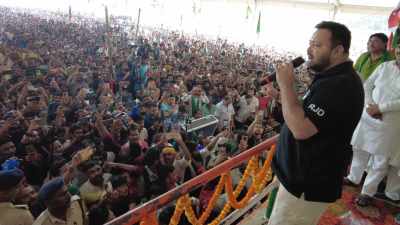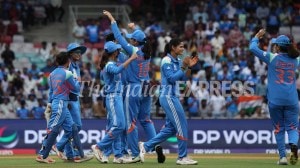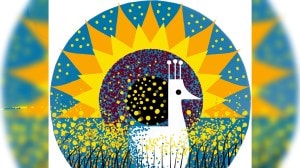Intruders had the edge, says Army
DRASS, July 17: As the Army moves up and occupies the bunkers vacated by the fleeing intruders, they realise that the enemy was well-equi...

DRASS, July 17: As the Army moves up and occupies the bunkers vacated by the fleeing intruders, they realise that the enemy was well-equipped, well-armed and well-stocked, in some cases better equipped and better armed. And that it was sheer grit and will power that swung the war the Army way.
Hoping that this will open the Government’s eyes, the fighting formations here are sending the recovered equipment to New Delhi. "Take the very basic equipment for example. The Pakistani soldiers have ultra-light Swiss rucksacks. There are a large number of our soldiers, even commandos who carried out operations in Kaksar and Mushkoh with gunny bags holding their equipment,"’ says an officer.
In fact, the Army here has a chart comparing its equipment to that of the intruders. "The intruders again had Swiss snow glasses (goggles) – each officer and every jawan. Only our soldiers in the Siachen area use snow goggles. We still use World War II motorcycle goggles. During the entire Operation Vijay, we did not get thesnow goggles. We just hope we get them before winter comes," he added.
Among the Pakistani equipment recovered are also Swiss feather jackets which are waterproof. "Our parkas are heavier and ineffective in rain and snow. In snow, the parkas get wet and hang like a wet blanket. The enemy slept in comfortable waterproof tents which were very light and could be carried easily. These tents are also very spacious. We had to make do with pup tents, in which three soldiers had to squeeze in and not even one could sit down," says an officer posted in the Drass sub-sector.
"Of course now that the Pakistanis have fled leaving behind their tents, we have moved into them and are comfortable," he says. Troops moving into the bunkers also had a feast eating ghee made in military farms, Pakistani dry fruits, daal and rice, the advancing Indian Army survived weeks only on dried composite rations.
Now that the soldiers are expected to be permanently deployed at the heights, Army officers hope that New Delhi wakesup.






- 01
- 02
- 03
- 04
- 05

























